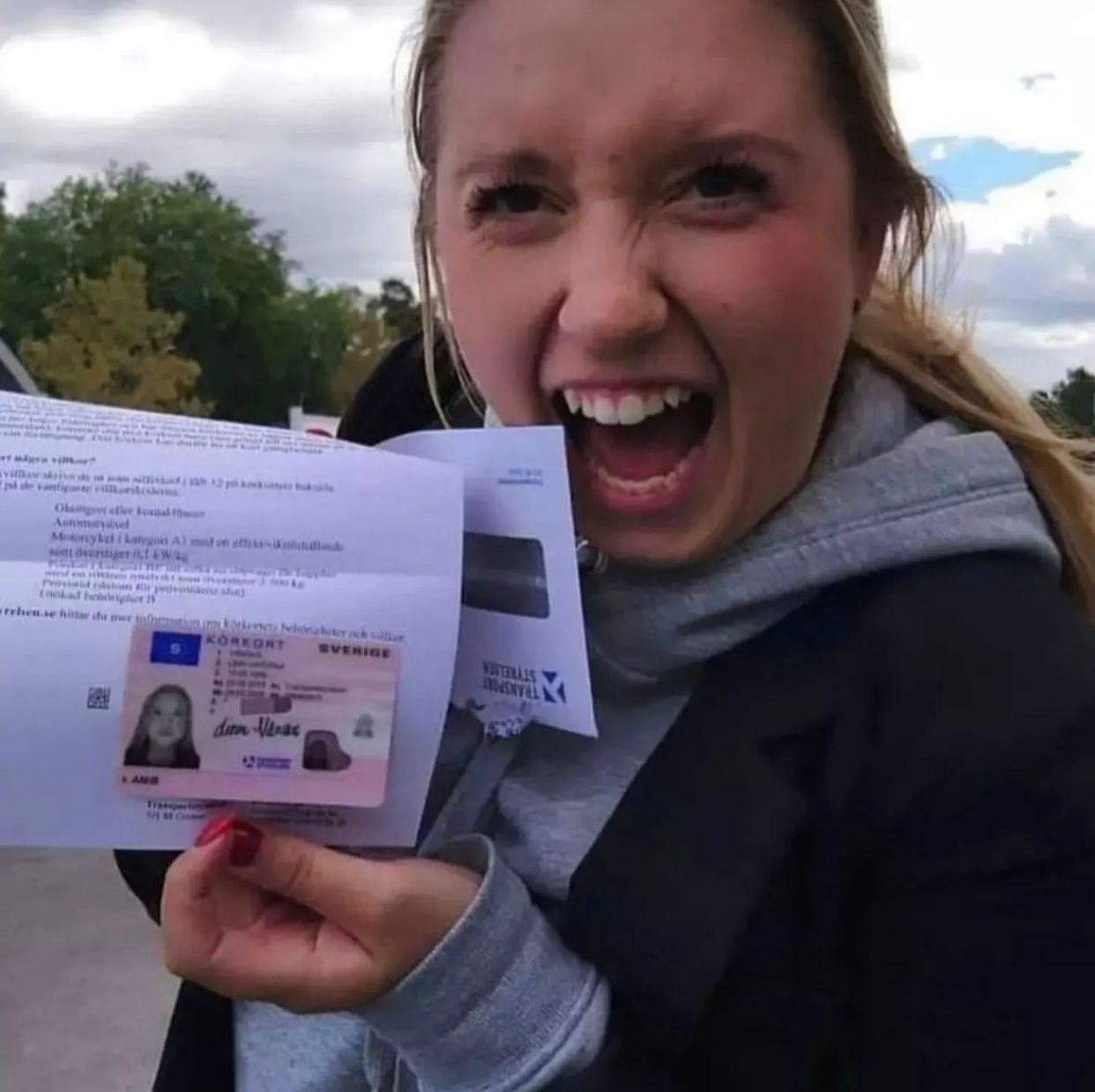댓글 0
등록된 댓글이 없습니다.


As technology continues to evolve at an extraordinary rate, numerous sectors are accepting innovations to boost user experience and Online Körkort effectiveness. One of the locations experiencing considerable transformation is identity management, especially worrying driving licenses. With the introduction of digital licenses and advanced recognition techniques, the landscape of driving license ID handling is expected to undergo considerable modifications by 2025. This article explores the anticipated developments in driving license ID handling, the ramifications for users, and answers frequently asked concerns about the future of driving licenses.
Driving licenses have actually traditionally functioned as a way of identifying an individual's authority to operate a motor vehicle. They also serve multiple secondary functions, consisting of age confirmation and identity confirmation for banking and travel. Nevertheless, the physical card system has restrictions, consisting of risks of counterfeiting, loss, and outdated details. As society gravely counts on effective and protected identification systems, the transition toward digital licenses is ending up being progressively popular.
Digital Licenses: Many states are piloting digital driving licenses that enable users to store their qualifications on their smartphones. These digital licenses are created with innovative security features, consisting of biometric information, and can be scanned or shared safely.
Blockchain Technology: Some jurisdictions are exploring blockchain to improve the security and credibility of driving licenses. This innovation ensures that details can not be damaged which the information is easily verifiable.
Facial Recognition: Increasingly used in recognition practices, facial acknowledgment technology can speed up the process of verifying an individual's identity against their driving license. This innovation also helps in reducing fraud and preserve the stability of the licensing systems.
Multi-Functional Licenses: Future driving licenses may integrate extra functions such as health records, travel documentation, and even payment systems, supplying a comprehensive identity service.
The shift toward digital driving licenses presents a number of benefits, consisting of:
Convenience: Users can access their licenses anytime, which eliminates the requirement for physical cards. This is particularly useful when individuals forget their license, as digital copies can be retrieved quickly.
Security: Advanced security steps can minimize the danger of identity theft, scams, and unauthorized duplication. Digital licenses typically consist of encryption and biometric confirmation.
Effectiveness: Reduced wait times at government workplaces and throughout traffic stops, as law enforcement can verify digital licenses instantly.
While the advancements in driving license ID managing present various benefits, they also feature obstacles. Users require to adapt to brand-new innovation and ensure they comprehend the changes and their implications. Here are some considerations:
Privacy Concerns: With increased digital footprints, there will be increased issues over information personal privacy and how biometric data is stored and used.
Ease of access Issues: Individuals without access to smart devices or digital innovations might deal with barriers to acquiring and utilizing digital licenses.
Regulative Compliance: With different jurisdictions embracing different systems and procedures, users should understand their local laws regarding digital licenses and recognition.
| Element | Present Status | Anticipated Change by 2025 |
|---|---|---|
| License Format | Physical cards | Mainly digital licenses |
| Verification Process | Manual checks | Automated biometric verification |
| Security Measures | Basic holograms and functions | Advanced encryption and blockchain |
| Jurisdictional Differences | Fragmented procedures throughout states | More standardized nationwide systems |
| User Interaction | In-person renewals and checks | Mobile applications for management |
1. What is a digital driving license?A digital driving license is an electronic variation of a traditional driving license that is stored on a mobile device. It can be used for recognition and verification in numerous circumstances, with improved security functions to avoid fraud.
2. How will digital licenses improve security?Digital licenses use encryption and biometric information, making them more difficult to forge or misuse compared to traditional cards. In addition, blockchain innovation can make sure information credibility and stability.
3. Will everybody be needed to change to a digital license?While lots of jurisdictions are approaching digital licenses, guidelines may vary. Users are motivated to contact their local licensing authorities for particular standards.
4. What are the prospective disadvantages of digital licenses?Some possible drawbacks consist of privacy issues regarding information storage, accessibility issues for individuals without smart devices or digital literacy, and the requirement for a robust regulative framework to manage security and user rights.
5. How can I get ready for the shift to digital licenses?Stay notified about regional initiatives relating to digital licenses, explore readily available mobile applications for managing recognition, and cultivate digital literacy to navigate brand-new innovations with confidence.
The future of driving licenses and ID handling is poised for substantial development by 2025. As digital licenses become more prevalent, users will experience boosted security, benefit, and performance. However, together with the benefits come obstacles that will require public awareness and adaptation. Stakeholders should prioritize education, guideline, and availability to guarantee a smooth transition that empowers people with the identification tools of the future. As innovation advances, so too will the approaches through which society manages identity, particularly important in procedures as essential as operating a motor car.
0등록된 댓글이 없습니다.